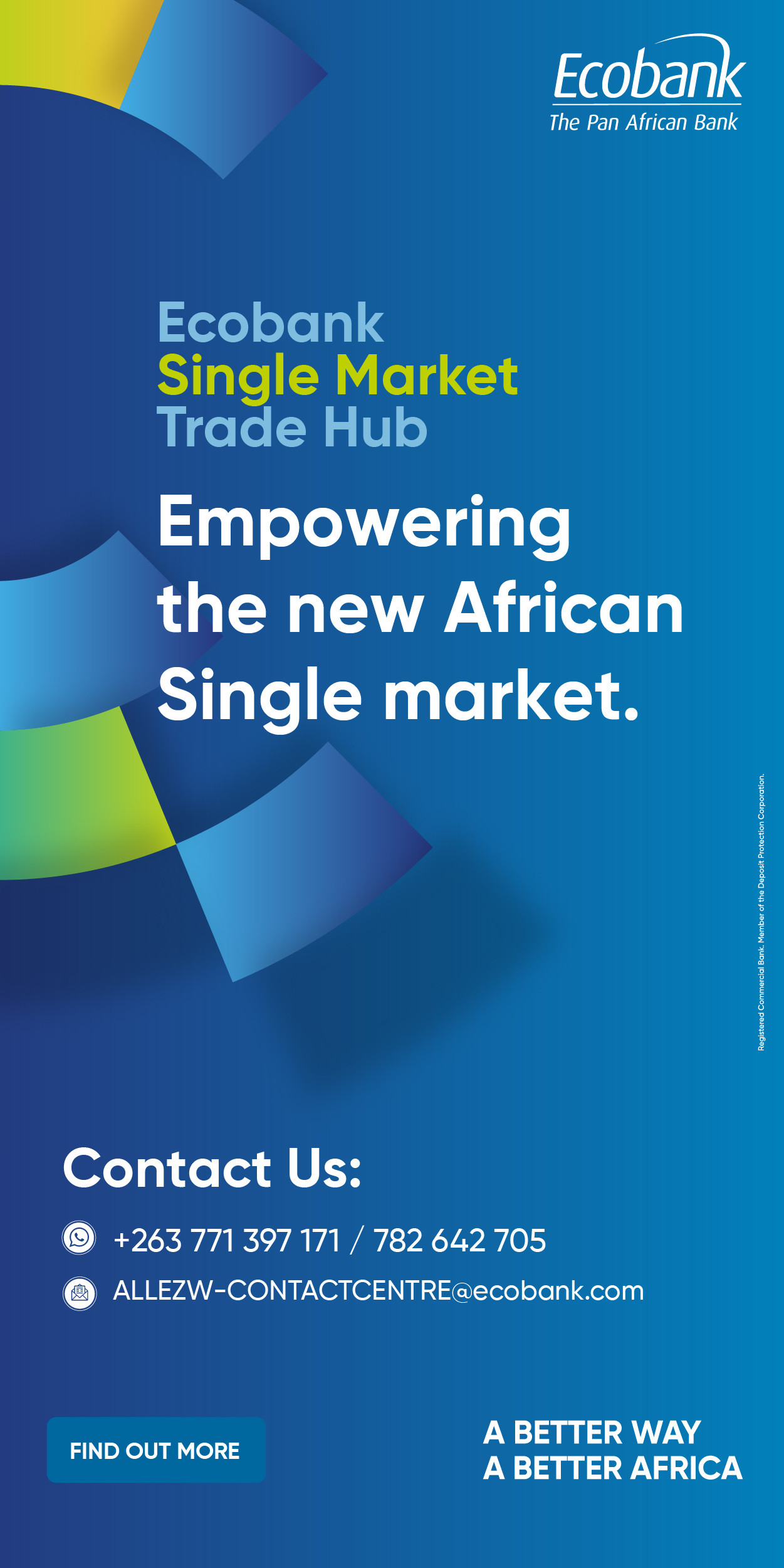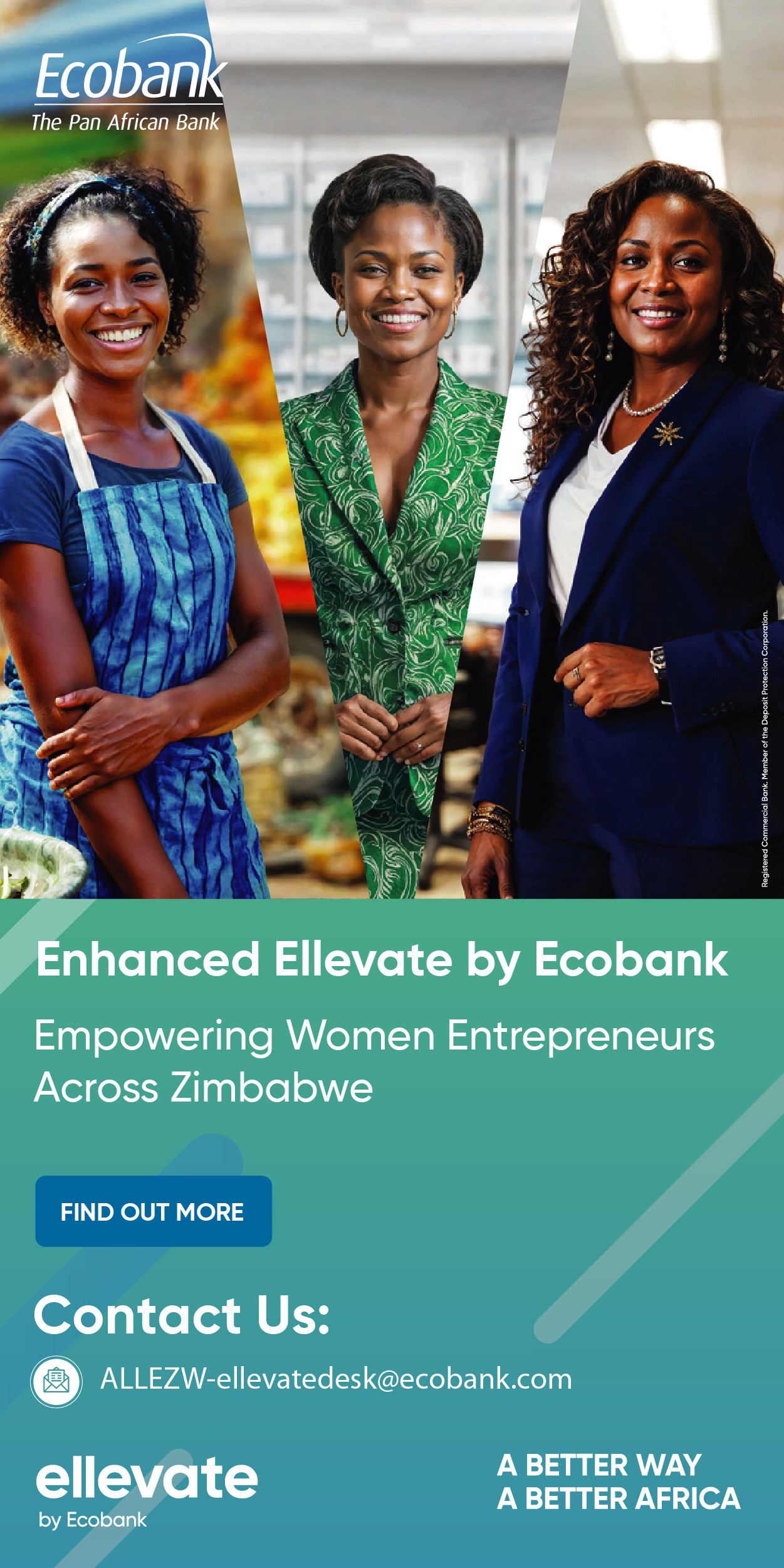- Ambitious 6.6% GDP Growth Target: President Mnangagwa projects robust growth for 2025, driven by agriculture, mining, and manufacturing, but risks loom large
- ZiG Stabilisation and Fiscal Discipline: ZiG’s low inflation and a budget deficit below 1% of GDP aim to bolster economic stability
- However, public distrust and a 25-27% parallel rate gap challenge the mono-currency goal by 2027
- Irrigation and Infrastructure Push: Plans to irrigate 42,000 additional hectares and rehabilitate 2,500km of roads target food security and trade
- However, corruption, funding gaps, and past execution failures pose significant hurdles
Harare– On October 28, 2025, President Emmerson Mnangagwa delivered his State of the Nation Address (SONA) to a joint sitting of Parliament in Mt Hampden, Zimbabwe, projecting cautious optimism amid a complex macroeconomic landscape. The speech, steeped in the mantra of “brick by brick, step by step,” outlined an ambitious roadmap for economic recovery and social progress, despite challenges like power outages that symbolically disrupted its closing moments. Below is an integrated analysis of the key measures announced, with a focus on feasibility, risks, and structural implications.
The Growth Paradox: A 6.6% GDP Target Amid Fragility
President Mnangagwa projected a 6.6% GDP growth for 2025, driven by agriculture (15% maize increase, record tobacco output), mining (gold prices above US$4,000/oz, lithium demand), and manufacturing recovery (15.3% GDP contribution). A US$10.4 billion current account surplus from foreign inflows by August 2025 supports this optimism, surpassing the IMF’s 6% forecast.
The 6.6% target positions Zimbabwe among Africa’s faster-growing economies, aligning with the National Development Strategy (NDS1). Agriculture, bolstered by the Pfumvudza/Intwasa programme covering over 3 million households, has driven record harvests in tobacco, maize, and wheat. Mining benefits from a commodity supercycle, with PGMs and gold anchoring fiscal inflows. Manufacturing’s modest renaissance, particularly in steel, cement, and pharmaceuticals, reflects structural healing post-deindustrialisation.
However, the growth story is fragile. Fitch Solutions’ conservative 4% forecast highlights risks from tight monetary policy and ZiG volatility. Power shortages (1,000MW deficit) and commodity reliance (gold at 50% of exports) could shave 1-2% off growth, per World Bank models. Agriculture, employing 60% of Zimbabweans, remains vulnerable to rainfall variability, with 2024’s 18% slump due to El Niño underscoring climate risks.
Without diversification, Zimbabwe’s boom-bust cycle persists, tethered to volatile rains and global prices. The SONA’s narrative of resilience must confront these structural realities to sustain credibility.
Irrigation and Agricultural Resilience: A Cornerstone Under Strain
The government aims to irrigate 42,000 additional hectares by end-2025, including the US$1.2 billion Gwayi-Shangani dam (72-80% complete, with US$5 million monthly disbursements), targeting 2.8 million tonnes of maize under the Food Deficit Mitigation Programme. Support for smallholder farmers and climate-resilient seeds was emphasized.
Agriculture’s centrality (60% employment) makes irrigation critical, especially after 2024’s 60% yield drop from El Niño. The Pfumvudza/Intwasa programme’s expansion to 3 million households has boosted smallholder productivity, and the planned 221,000 irrigated hectares (up from 151,000 in 2019) signals progress toward the 496,000-hectare target. Success could stabilize food prices and exports, bolstering the US$10.4 billion surplus.
However, maize imports, costing $1.2 billion since 2021 ($606 million in 2024), and the recent lifting of the import ban highlight persistent shortfalls. Only 20% of prior irrigation targets were met in 2023-2024 due to corruption and funding gaps. With public debt at 48-56% of GDP, reallocating funds risks squeezing social programs. The Rural Development 8.0 initiative’s focus on boreholes and village business units is promising but requires rural electrification and logistics to avoid productivity plateaus. Private investment and anti-corruption measures are essential for climate resilience.
ZiG Stabilisation and Monetary Policy: A Delicate Balance
President Mnangagwa lauded the Zimbabwe Gold (ZiG) currency’s stability, with below 1% monthly inflation, a narrowed parallel-market premium, and RBZ policies (35% policy rates, 30% monetary base growth, US$900 million reserves). Dollarisation was ruled out, with a mono-currency plan by 2027.
ZiG’s gold-backed stability and low inflation, as noted by the IMF, enhance FDI potential. Foreign currency inflows (US$10.4 billion, up 26.8% from 2024) and reserves signal progress. However, a 25-27% parallel rate gap and USD dominance (80% of transactions) erode trust, with 65% of Zimbabweans preferring USD (Afrobarometer 2025).
High policy rates risk choking SME credit, potentially raising unemployment, while a gold price drop could trigger depreciation, as seen in September 2024. The mono-currency goal hinges on broader reforms, including governance and public confidence, which remain elusive without addressing the dual-currency reality’s impact on production costs and investment.
Fiscal Discipline and Informal Economy Formalisation
A budget deficit below 1% of GDP was pledged, alongside formalising 70% of the US$5-7 billion informal sector (50% of GDP) through digital taxes and MSME grants, ending RBZ quasi-fiscal operations, and boosting revenue to 18% of GDP via mining royalties.
Fiscal restraint aligns with IMF-endorsed stability, potentially freeing funds for education and health (e.g., digital health integration, maternal health investment). Formalising the informal sector could broaden the tax base, but past efforts captured only 10% of targets due to distrust from 2020’s tax hikes.
A bloated public wage bill and royalty dependence risk deficits if gold prices falter. Informal traders (80% urban workforce) may resist, exacerbating inequality. The SONA’s technocratic focus on public finance management systems is promising, but aligning expenditure with productivity, not consumption, is critical to avoid suffocating the informal economy.
Fuel Supply and Ethanol Blending: Green Ambitions Meet Bottlenecks
Measures to stabilize fuel supplies include expanding ethanol blending to 20% (from 10%) and new ethanol plants in Chipinge to cut billions in annual import costs.
Reducing fuel imports could ease FX reserve pressure and support ZiG stability, while ethanol aligns with green energy goals, potentially attracting climate finance. The fuel pipeline’s upgrade to 5 billion litres annually supports industrial needs.
However, 2024’s 15% blending target was missed due to cane shortages, and underdeveloped supply chains and smuggling (20% illicit fuel, per ZERA) risk undermining gains. Infrastructure bottlenecks, like pipeline delays, could raise transport costs, fuelling inflation unless addressed.
Road Infrastructure: Connectivity as Economic Catalyst
Rehabilitation of 2,500km of roads by mid-2026, including the Harare-Masvingo-Beitbridge highway (80% complete) and 500km of new rural roads, funded by tolls and PPPs.
Improved roads, like the Beitbridge upgrade reducing border delays by 96% (from 72 hours to 3), could cut transport costs (10% of export prices), boosting trade and agriculture, per AfDB. The Trabablas Interchange eases urban congestion.
However, only 60% of 2024’s 1,800km target was met, with delays (Harare-Chirundu) and cost overruns persisting. Government’s $1.2 billion debt to contractors and corruption risks in PPPs threaten scale, leaving rural areas disconnected. Fiscal constraints and governance reforms are critical to maximize economic multipliers.
Social Cash Transfers: Cushioning Vulnerability
Expansion of cash transfers to 1.2 million households (up from 800,000) to address inflation and food insecurity.
This targets poverty (70% rural) and aligns with IMF safety net calls, supporting consumption. The Basic Education Assistance Module and Food Deficit Mitigation Scheme reflect improved budget execution.
However, funding competes with infrastructure, and past programs saw 30% misallocation (2023 audits). Without digital payment systems and anti-corruption measures, inefficiency risks limiting impact on inequality and social unrest.
Combating Drug Abuse: Addressing a Social Crisis
A National Drug and Substance Abuse Strategy includes rehabilitation centres in three provinces and stricter trafficking penalties, targeting youth (30% prevalence, WHO).
With drug abuse fuelling crime (UN estimates), rehabilitation centres could reduce social costs. However, only 10% of 2024’s planned facilities were built due to budget cuts, and enforcement is weak (conviction rates below 5%). Without regional cooperation to curb inflows, impact will be limited, risking youth unemployment’s link to addiction.
Climate Change Adaptation: Green Goals vs. Governance
Solar mini-grids, 10 million trees annually, and a Carbon Trading Framework (Statutory Instrument 48 of 2025) aim for COP30 commitments and US$500 million in climate funds.
Solar addresses the 1,000MW power deficit, and reforestation curbs soil erosion (20% of farmland). The Carbon Trading Framework aligns with global green finance trends.
However, solar projects lag, and tree-planting falters due to poor monitoring. Securing climate funds requires governance reforms (Zimbabwe’s TI rank: 149/180), without which adaptation may stall, exacerbating drought impacts.
Strengthening Local Authorities: Devolution’s Promise
Devolution funds and digitised council operations aim to improve urban water supply and rural service delivery.
Devolution could address Harare’s water crisis (costing millions in health impacts) and improve services. The Call to Action blueprint and Enterprise Resource Planning systems for 91 councils signal modernisation. However, only 40% of 2024’s funds reached councils, and corruption undermines trust. Digitisation is hampered by infrastructure gaps in 70% of rural councils, risking urban-rural disparities.
Foreign Relations and Trade: Re-engagement and AfCFTA
Re-engagement with Western partners to clear debt arrears, deepened SADC and China ties, and hosting the Intra-Africa Trade Fair Company Headquarters to leverage AfCFTA.
Debt relief could unlock IMF/World Bank lending, while China’s lithium investments (60% of new FDI) boost mining but risk dependency. Hosting the AfCFTA headquarters enhances Zimbabwe’s trade role, but non-tariff barriers cut gains by 15% (UNCTAD). Without sanctions relief or anti-corruption progress, Western re-engagement may falter, limiting FDI and growth.
Legislative and Institutional Execution: Bridging the Gap
President Mnangagwa rebuked Parliament for delays in bills like the Mines and Minerals Amendment Bill, Public Procurement Amendment Bill, and National Productivity Institute Bill, critical for governance and productivity.
Legislative inertia undermines investor confidence and execution capacity. The Mines and Minerals Bill is pivotal for balancing resource nationalism with global capital, especially in lithium. The National Productivity Institute and Competition Act amendments could anchor productivity-based policymaking.
However, “announcement bias”, the gap between policy articulation and action persists. Institutional agility and transparency are essential to translate SONA promises into outcomes.
The Verdict: From Rhetoric to Reality
The 2025 SONA projects a nation at a delicate equilibrium: moderate macro stability, budding sectoral momentum, and persistent fragility. The 6.6% growth target, ZiG stabilisation, and social transfers address immediate needs, while irrigation, roads, and climate adaptation eye long-term resilience. The speech’s technocratic tone, backed by metrics (hectares irrigated, reserves accumulated), reflects a government seeking credibility through measurable progress.
Yet, execution risks loom large. Power outages during the SONA symbolize infrastructure woes that could derail growth. Corruption, funding gaps, and governance deficits (TI rank: 149/180) threaten outcomes. The informal sector’s dominance, climate volatility, and commodity reliance reflect structural vulnerabilities. The narrative of “resilience under sanctions” unifies discourse but sidesteps internal challenges: mobilizing efficiency, transparency, and inclusivity.
For Zimbabwe to move beyond quantitative stability to qualitative transformation, fiscal innovation, export competitiveness, and youth integration are critical. The SONA is an inflection point, not a victory lap. If policy discipline holds, and governance reforms bridge the gap between rhetoric and reality, Zimbabwe’s reconstruction could solidify brick by brick, with mortar that lasts.
Equity Axis News





